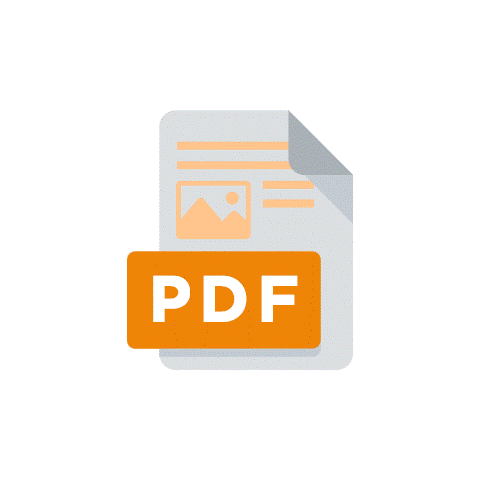The 3% OCR Accuracy Gap
Why document recognition solutions need an intelligent validation layer.

Data Gator
BaseCap's resident data expert
Enterprises are increasingly adopting Optical Character Recognition (OCR) technology to automate the extraction of text from scanned documents, images, and PDFs. However, OCR technology, despite its many advantages, often falls short in terms of accuracy and reliability.
This is where data validation technology comes into play, transforming OCR from a useful tool into a powerhouse of accuracy and efficiency. In this blog, we will explore why enterprises need data validation technology to make OCR truly effective.

When combined with data validation technology, OCR can accurately replace manual data entry, saving enterprises thousands.
The Challenge of OCR Accuracy
OCR technology is designed to extract text from images, or convert different types of documents, such as scanned paper documents and PDFs into editable and searchable data. While the promise of OCR is enticing, the reality often falls short.
The accuracy of OCR is typically around 97%, which means that there is a 3% error rate
The accuracy of OCR is typically around 97%, which means that there is a 3% error rate in the data extraction process. This may seem minor, but for enterprises dealing with large volumes of documents, these errors can lead to significant issues.
The 3% Document Processing Accuracy Gap
The 3% error rate in OCR can result in substantial inaccuracies in data processing, leading to:
- Incorrect Data Entry: Mistakes in recognizing characters results in incorrect data entry, which can affect the integrity of the entire dataset.
- Compliance Risks: Inaccurate data can lead to non-compliance with industry regulations, particularly in sectors like finance and healthcare.
- Operational Inefficiencies: Manual corrections of OCR errors are time-consuming and labor-intensive, negating the efficiency gains provided by automation.
Enterprises need a solution that can address these challenges by improving the accuracy and reliability of OCR outputs.

Adding Validation to Document Capture
Data validation technology serves as the crucial layer that enhances the performance of OCR systems. By integrating a robust data validation process, enterprises can ensure that the data extracted by OCR is accurate, complete, and consistent. Here’s how data validation technology makes OCR more effective:
Error Identification and Correction
Data validation technology can automatically identify and correct errors in OCR outputs. For instance, BaseCap’s intelligent document processing platform interfaces with OCR systems to detect character misrecognitions, formatting issues, null values, and contextual inaccuracies. This automatic error detection significantly reduces the need for manual intervention.
Standardization and Comparison
Data validation tools can standardize the extracted data and compare it against a “golden source” or system of record. This ensures that any discrepancies are identified and corrected before the data is used in critical business processes. For example, in the mortgage industry, validating data against known accurate sources can prevent costly errors and ensure compliance with regulatory standards.
Continuous Compliance Checks
Automating compliance tasks is another significant advantage of integrating data validation with OCR. Continuous compliance checks on all document data ensure that the organization remains compliant with industry regulations, reducing the risk of penalties and enhancing overall data integrity.
Enhanced Data Validation Manager
Quality control is paramount in industries that rely heavily on data accuracy, such as finance and healthcare. Data validation technology provides automated quality control mechanisms that ensure the data extracted from documents is accurate and reliable. This is particularly important for financial documents like 1040s and 1098s, where even minor errors can have significant consequences.
Human-in-the-Loop Augmentation
While automation is powerful, incorporating human oversight in the validation process can further enhance accuracy. Solutions like BaseCap’s intelligent document processing allow for human-in-the-loop interventions, where human experts can review and correct data as needed. This hybrid approach combines the efficiency of automation with the expertise of human judgment.
TLDR
OCR technology has the potential to revolutionize the way enterprises process documents. However, without data validation technology, the full benefits of OCR cannot be realized. Data validation enhances the accuracy, reliability, and efficiency of OCR systems, making them truly effective for enterprise use. By investing in robust data validation solutions, enterprises can unlock the full potential of their OCR systems, ensuring accurate data extraction, compliance with regulations, and improved operational efficiency.
Thanks for reading!
Sign up for new content about data observability, automation, and more.
About BaseCap
BaseCap is the intuitive data validation platform that operations teams use to feed quality data to AI algorithms.
"I think the tool is great because it's an out of the box solution where you can give a business admin, or someone that's knowledgeable enough from a tech perspective and a business perspective, to really drive and make the changes and really own the administration of the tool."
Jeff Dodson, Lument



